So, what is a northwestern pond turtle anyway?
September 18, 2025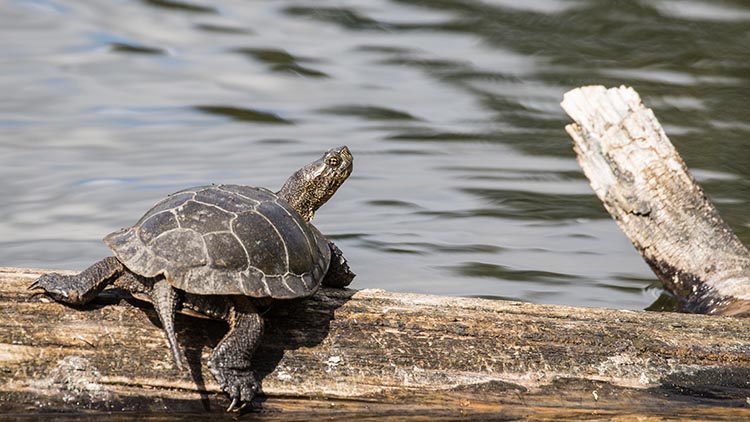
The northwestern pond turtle may be small — just 6-8 inches long — but it’s got a big story. With a marbled brown shell and a uniquely patterned yellow and black belly, this shy reptile is known to live up to 70 years.
Although these turtles were once thought to be part of a single species found throughout the western U.S., recent genetic research has revealed two distinct species that face similar threats within different habitat ranges:
- The northwestern pond turtle (Actinemys marmorata), found in northern California, Oregon and Washington and introduced to parts of Nevada, faces serious threats from urbanization, habitat degradation and fragmentation, and climate extremes such as heat waves.
- The southwestern pond turtle (Actinemys pallida), found in southern California and Baja California, Mexico, faces many of the same threats as the northwestern pond turtle but is especially vulnerable to climate impacts.
Both species are feeling the pressure, from shrinking habitats to shifting temperatures, and are currently under review for threatened status under the federal Endangered Species Act. The northwestern pond turtle is already listed as endangered in Washington and “sensitive” in Oregon.
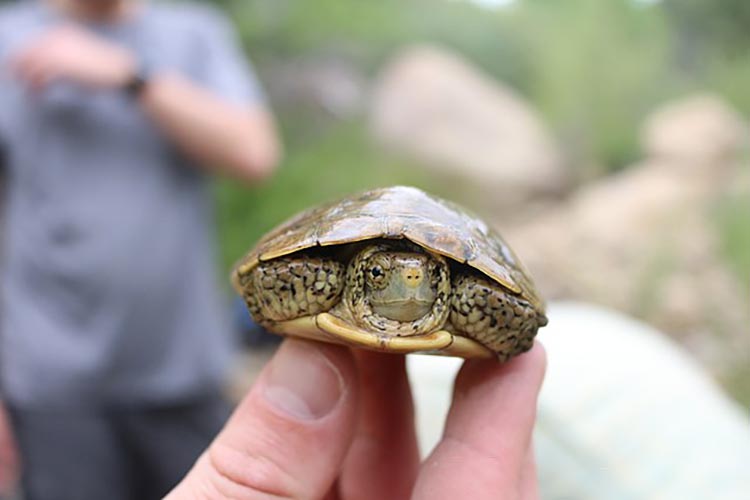
Ecological insights from a long-lived Oregon native
Despite their inconspicuous behavior and preference for solitude, northwestern pond turtles’ quiet persistence and unique adaptations tell a compelling story of survival and ecological significance. With documented lifespans stretching up to seven decades, northwestern pond turtles stand out as some of the longest-lived reptiles in North America — a trait that has made them valuable subjects in long-term ecological research.
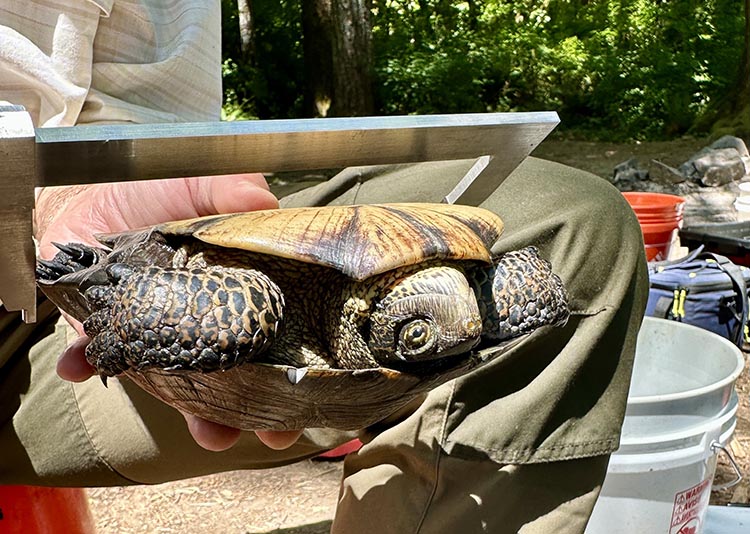
Oregon’s pond turtles are slow to grow up, typically reaching reproductive age between 10 and 15 years old — a turtle’s version of a long adolescence. Mating usually occurs in spring or early summer. When it’s time to nest, females may travel over 500 feet from water to find the perfect upland site with exposed, sun-warmed, sandy soils. They aren’t always picky, though. Notably, pond turtles sometimes nest along the edges of rocky roads and in campsites adjacent to aquatic habitats. The turtles lay their eggs in June or July, and while some hatchlings emerge in late summer or fall, many overwinter in the nest, waiting until the following spring to make their debut. This overwintering strategy helps them avoid predators and harsh weather, keeping hatchlings safe and cozy until the following spring when temperatures warm up.
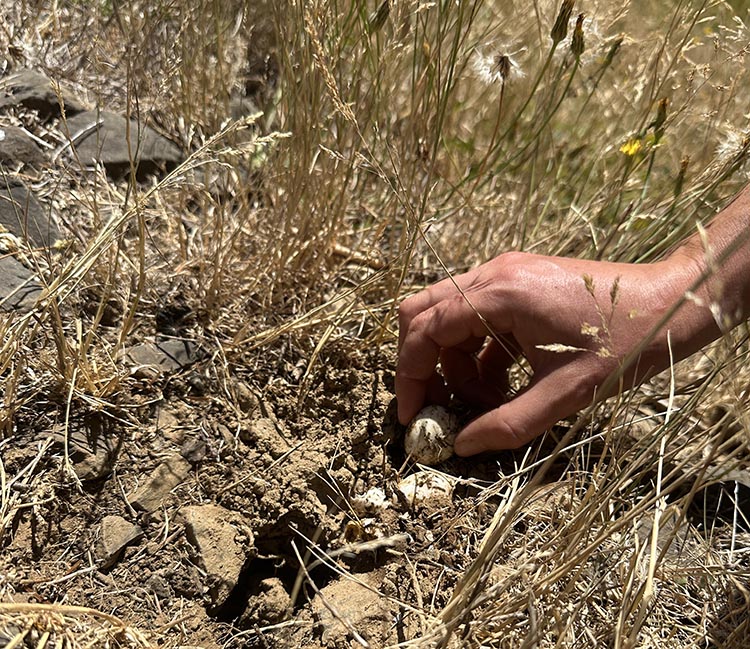
As a group, northwestern pond turtles may appear modest at first glance, but a closer look reveals their distinct features: a brown, subtly marbled carapace (upper shell) and a striking black and yellow plastron (underside), each with a unique pattern. Researchers, including those from the Oregon Department of Fish and Wildlife (ODFW) and the U.S. Geological Survey have used these plastron patterns, along with shell notching techniques, to track individual turtles in scientific studies that help monitor population dynamics, growth rates and habitat use across the Pacific Northwest.
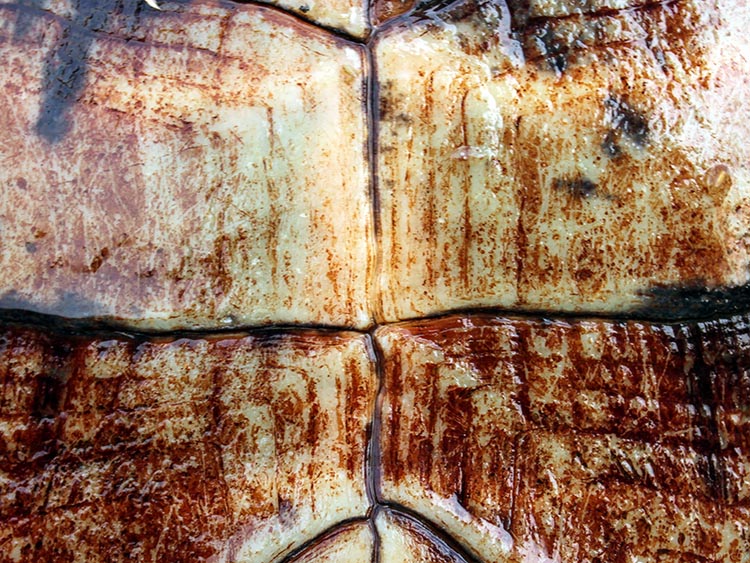
Have you spotted a pond turtle before?
Pond turtles are strongly tied to freshwater habitats such as ponds, marshes, slow-moving streams and lakes, though they have also been known to inhabit brackish tidal marshes, where passive water management supports greater turtle abundance and survival. Often found basking on sunlit logs and banks to soak up warmth, these turtles will sometimes stack up like pancakes on a sunny spot when space is limited. In these scenarios, northwestern pond turtles may be in mixed groups with other species. If you’re lucky, you might observe one traveling toward or away from a terrestrial habitat such as a nearby forest or sandy area. They utilize a variety of habitats throughout the year that are associated with their freshwater homes.
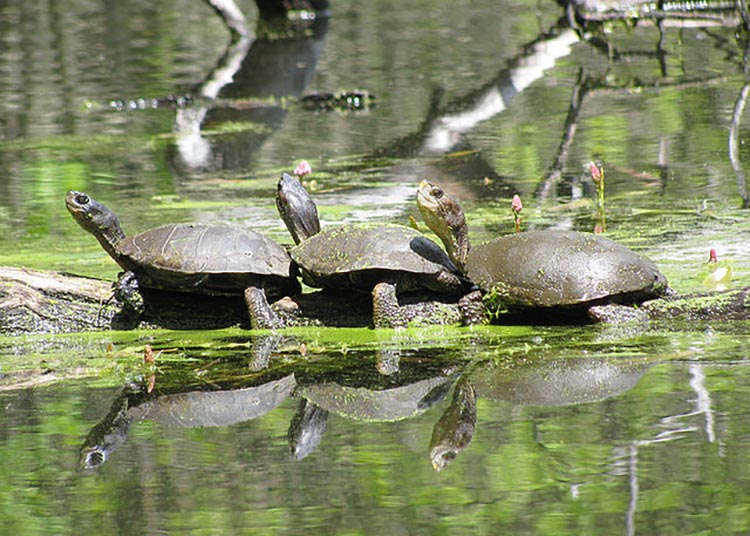
Turtle troubles
Among the most pressing threats to northwestern pond turtles are invasive species and shifting climate conditions. The invasive red-eared slider (Trachemys scripta elegans), often released from captivity, competes aggressively with native turtles for basking sites, food and nesting areas. They may look like harmless pond pets, but they are not passive neighbors. Non-native bullfrogs (Lithobates catesbeianus) and some types of fish (mainly introduced bass species) also pose high risks because they compete for space, and because adults of both groups are known to consume turtle hatchlings. Climate change adds another layer of complexity. Northwestern pond turtles rely on soil temperature to determine the sex of their offspring. A Stanford University study found that balanced sex ratios depend on precise incubation temperatures, meaning fluctuations in heat could skew populations toward one sex, impacting the species’ long-term viability.
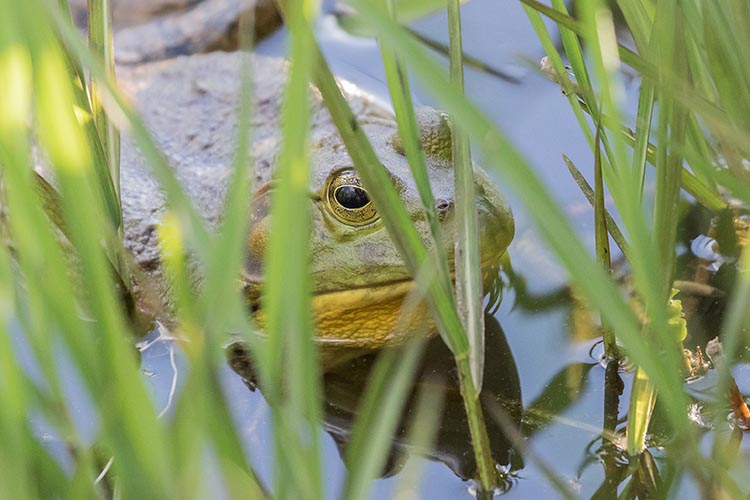
How you can help Oregon’s native turtles thrive
Are you interested in supporting healthy pond turtle populations on your property? Here are some low-cost, high-impact options to consider:
- Protecting habitats occupied by turtles, such as water bodies and sandy areas, and specific habitat features (e.g., basking logs).
- Following seasonal restrictions, such as limiting disturbance of nesting areas and avoiding actions such as mowing and grading during the turtles’ critical nesting period (May through July).
- Preserving buffers of trees around water bodies to facilitate the turtles’ seasonal dispersal, brumation (winter dormancy) and aestivation (summer dormancy) activities.
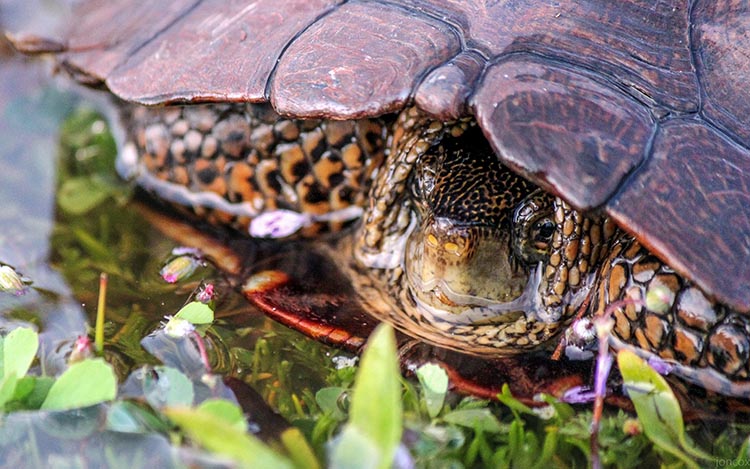
For more information about intentionally managing your Oregon forestland for northwestern pond turtles, see ODFW’s Guidance for Conserving Oregon’s Native Turtles Including Best Management Practicesand the Oregon Forest Resources Institute’s free turtle habitat management guide, Western Pond Turtles and Forestry.
Eliana Pool, Wildlife Biologist, Cafferata Consulting
Heather Thomas, Wildlife Technician, Cafferata Consulting
References:
